In this article, we feature the work of Angie McMonigal. After growing up in central Wisconsin, Angie has been living for the past 15 years in Chicago, where she gradually transitioned from amateur to professional photographer, focusing on the organic interplay between design, structure, environment and society. She works one-on-one with private collectors, collaborates with art consultants and architectural firms to create contemplative imagery out of the broader urban landscape. Angie`s work has been internationally exhibited and published by National Geographic, SHOTS Magazine, F-stop Magazine, among others, and she has received distinctions from the International Photography Awards (IPA) and Prix de la Photographie Paris (Px3). She has worked with global and national brands, such as Starwoods Hotels & Resorts Inc., Stir and Icebreaker.
“Angie`s work is truly unique. She has talent for providing a new and fresh perspective on places in the Wisconsin area that have undoubtedly been photographed thousands of times. She has an eye for taking simple everyday things like colored pencils or old neon signs, and turning them into dynamic, bold patterned, works of art.”
– Leslie Phillips & Leslie Spencer, Hummingbird Art Boutique, LLC, Shorewood, WI, 2011
Pygmalion Karatzas: Could you tell us a bit about your background and how did you start being involved with photography?
Angie McMonigal: I currently live in Chicago and have for most of the last 15 years. Originally I`m from a small town in central Wisconsin but have always been drawn to big cities. I moved here shortly after college and shortly after that began photographing as a hobby.
It`s been a very gradual evolution from hobby to profession. Early on, as with most people, I photographed everything. At this stage it was more about learning the technical aspects of photography. I was shooting film, eventually took a couple classes to learn darkroom techniques and began considering photography something more than a hobby.
In 2006 I transitioned to digital and spent about 6 years doing portrait work. Two kids and two moves later I needed a change and in 2012 shifted my focus to architecture. Looking back on my early, film work I now see that`s where my original interest in photography began.
PK: Could you describe your overall photographic vision and approach?
AM: The majority of my work is quite detailed and abstracted. Someone once pointed out to me that looking at my work he could tell I was a detail-oriented person. It was sort-of this ah-ha moment for me. Oddly, I had never made the connection that who I was as a person – idiosyncrasies, previous career choices, etc. – so clearly came through in my work.
I tend to prefer compartmentalizing the buildings I photograph, to break them down into these small, orderly segments. To remove the clutter or distracting environment and focus on the form and detail that often gets overlooked when viewing the wider scene. There`s also a meditative quality to creating order out of a more chaotic or overwhelming site.
PK: What attracts you most in the architectural and urban subjects that you photograph?
AM: I tend to prefer modern architecture or the combination of old and new designs within a frame. On occasion, I like incorporating a human presence within the frame. However, this is not what I`d call street photography. The image is still predominantly about the architecture but adding a human element allows a sense of scale and immediate connection for the viewer. I`m also always on the lookout for interesting ways to layer architectural elements or the urban landscape within the architecture.
PK: Which are some of the influences to your photographic work and in what ways have they affected you?
AM: This is such a difficult question for me. I don`t consciously think about what influences my work. I`m sure it`s a large number of things; from other photographer`s work I look at and admire to the music I listen to, movies I see, conversations I have with fellow photographers, design elements I`m drawn to, books I read, life experiences in general.
There have been projects that have been inspired by things I`ve read or seen years or decades earlier but that just comes about organically and isn`t something I`m routinely contemplating.
PK: Which aspects of your work have remained consistent and which have evolved/changed over the years?
AM: Very early on I was all over the place in what and how I photographed, part of the learning curve, I suppose. Once I began to focus on architecture I gradually progressed from the wider urban landscapes to the more detailed shots I most often shoot now. I`d say that while I still love the minimalistic, detailed images I might be most known for creating, I`ve been playing more with creating greater depth and dimension to my work by looking for ways to layer multiple architectural elements and its surrounding environment within one frame.
PK: What gear and post-processing do you use and what is their role in your creative process?
AM: I`m as minimalistic with gear as I am with my approach to subjects. I shoot with the Nikon D810 and most often use the 24-70mm and 14-24mm lenses. I will, on occasion, use the 70-200mm lens.
I rarely use a tripod. Given the nature of my compositions, the tiniest adjustments of my camera`s orientation and where I stand are constantly being made. I like to be able to easily move around without feeling encumbered by adjusting a tripod. I find tripods very frustrating and inhibitive to my creative process. Spending too much time concerning myself with gear, of any kind, detracts from the actual photography and what makes this fun to begin with.
Regarding post-processing, I tend to do basic adjustments in LR (WB, shadows, highlights, contrast, perspective correction) and further edits in PS (b+w conversion, curves adjustment layers, dodging/burning, removing distracting elements); nothing terribly elaborate. I don`t love long editing sessions and don`t feel it`s necessary for my vision to come through in the final image.
I think it comes down to knowing what my intention is when creating the image in camera, on location and knowing what tools are necessary to bring that vision to life in the final print. This process is different for each person.
PK: How would you define fine art photography and what are your thoughts about the matter of a personal vision/style in relation to the broader movements in photography?
AM: I`m not the biggest fan of all the categories we have to place our work in. I don`t know what constitutes fine art photography.having intention, a vision, a message, simply creating something beautiful? I think it`s important for each individual to understand or care about why they create what they do. But it seems to me that fine art photography is a very broad category. Does it matter beyond each of us having our own personal understanding of our work?
I don`t particularly concern myself with the broader movements in photography. Sure, like any art form, certain styles come and go and some stay for the long haul. HDR, LE, Street, the list could go on. What I think is important is to create what you love, what speaks to you and become very good at whatever it is that you do. Maybe it`s popular at the moment or maybe it never will be but the point is to create something that moves you and is important to you.
Angie McMonigal website: http://www.angiemcmonigal.com
Cover photo: Incite © Angie McMonigal
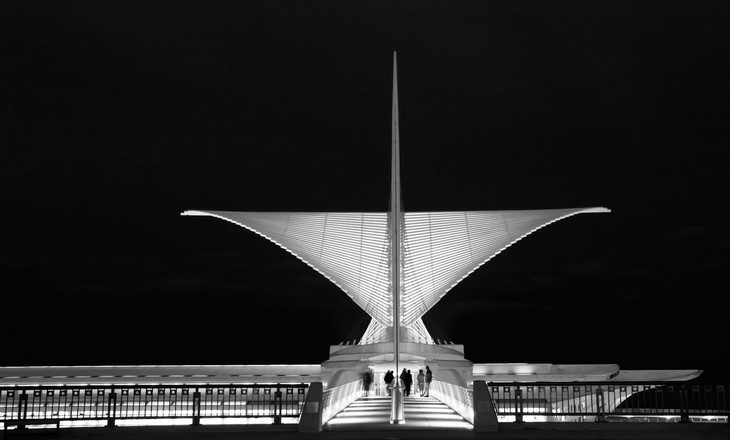 GATHERING (C) ANGIE MCMONIGAL
GATHERING (C) ANGIE MCMONIGAL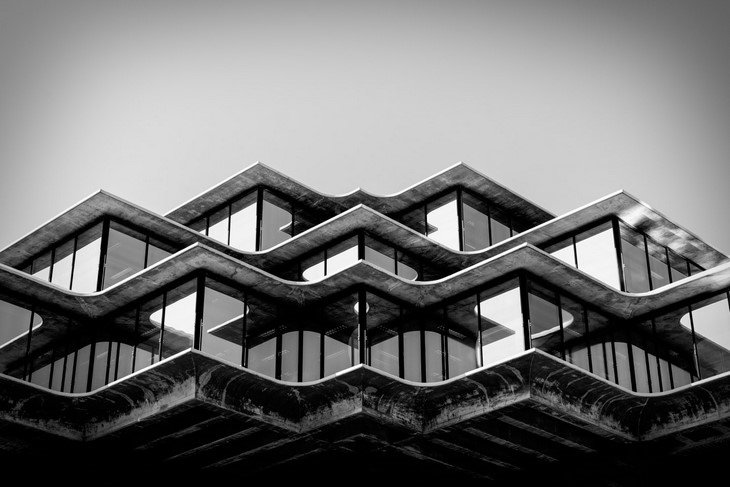 THINK AND WONDER (C) ANGIE MCMONIGAL
THINK AND WONDER (C) ANGIE MCMONIGAL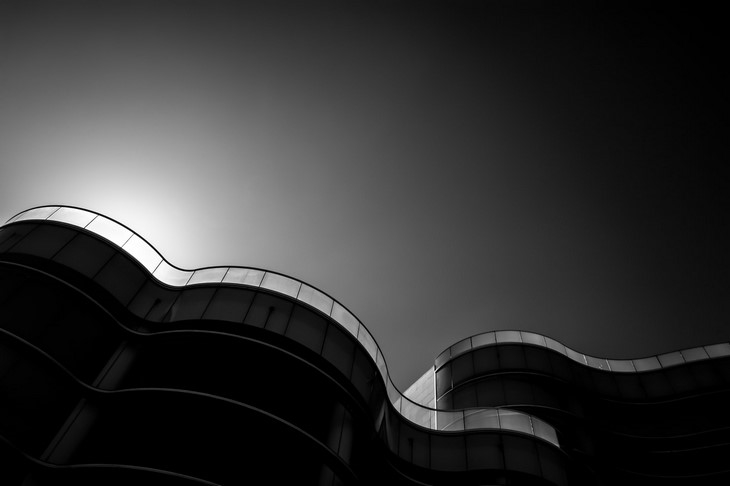 SWAY (C) ANGIE MCMONIGAL
SWAY (C) ANGIE MCMONIGAL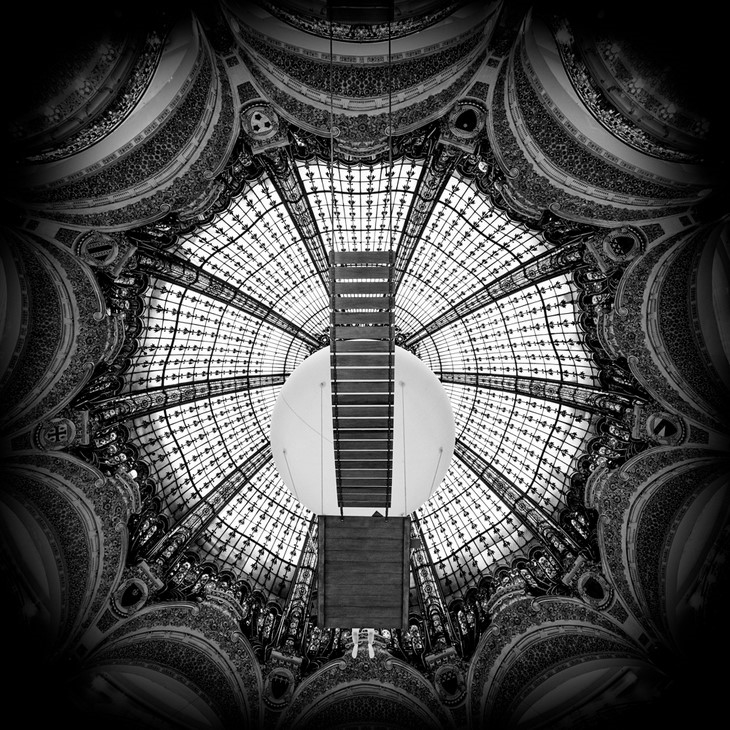 DANGIE (C) ANGIE MCMONIGAL
DANGIE (C) ANGIE MCMONIGAL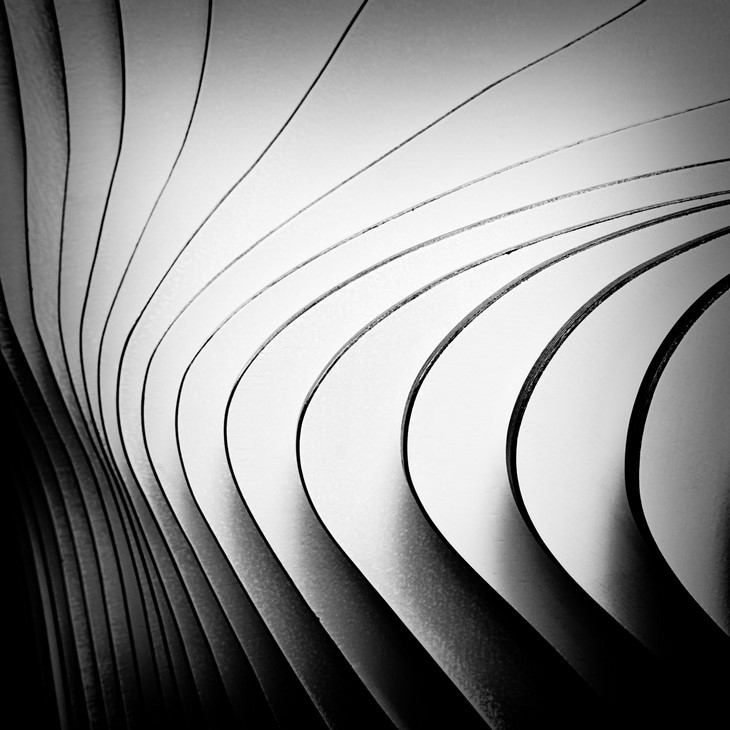 SENSUOUS (C) ANGIE MCMONIGAL
SENSUOUS (C) ANGIE MCMONIGAL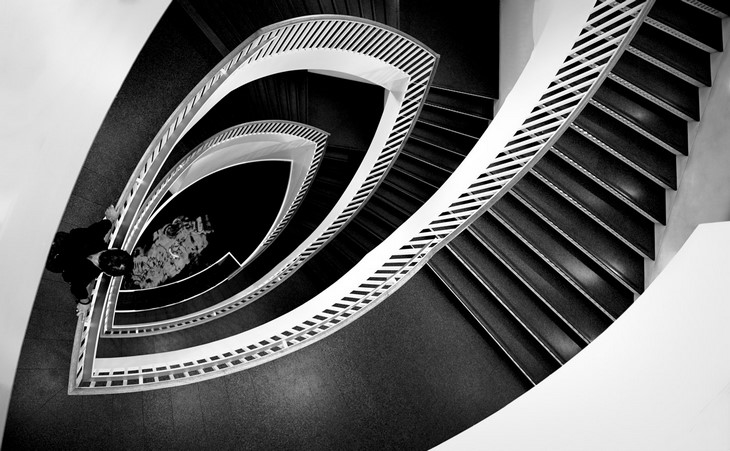 CONTEMPLATION (C) ANGIE MCMONIGAL
CONTEMPLATION (C) ANGIE MCMONIGAL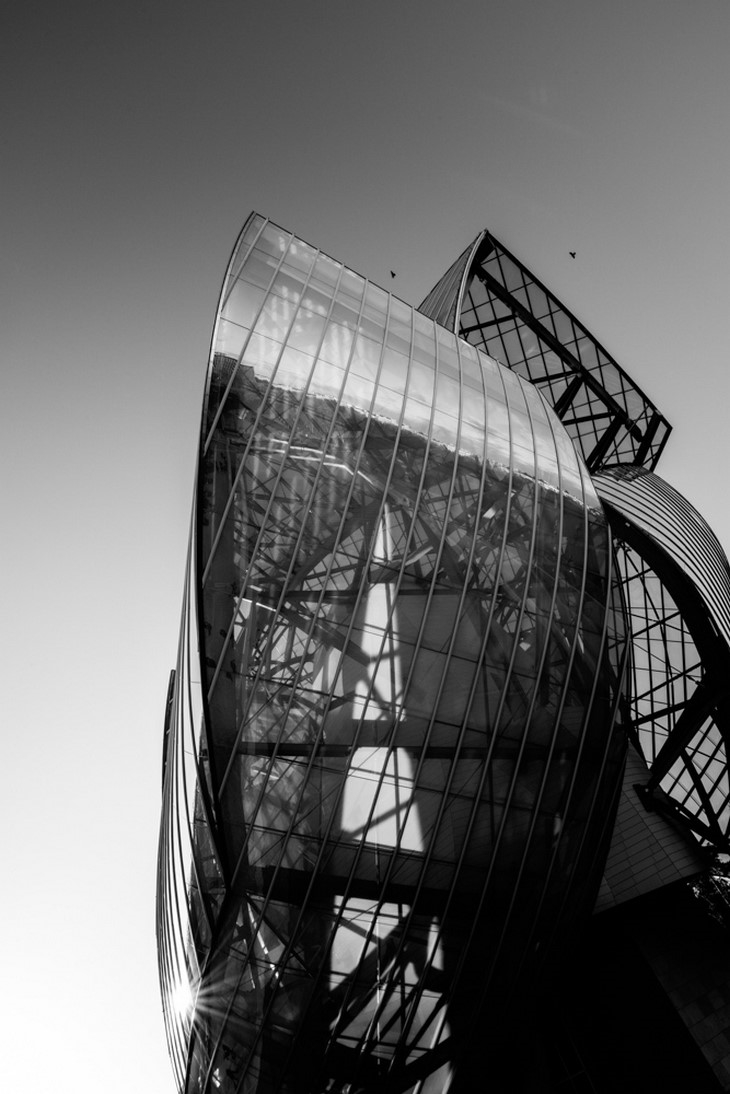 MAGNITUDE (C) ANGIE MCMONIGAL
MAGNITUDE (C) ANGIE MCMONIGAL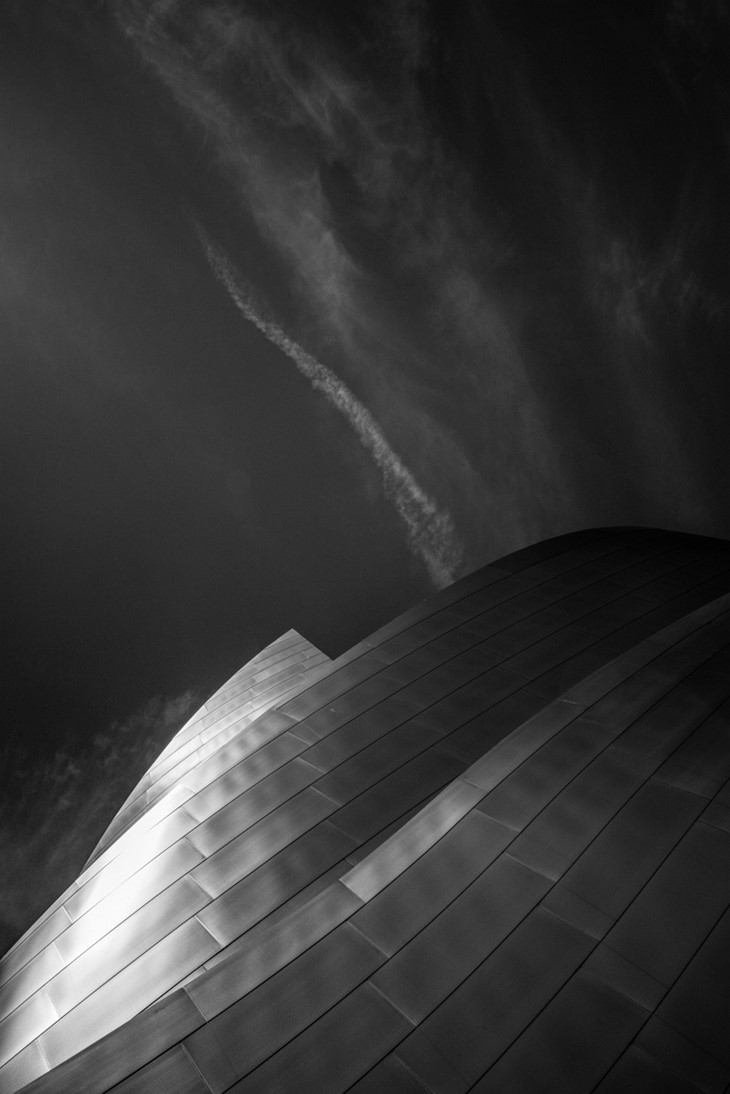 FLOW (C) ANGIE MCMONIGAL
FLOW (C) ANGIE MCMONIGAL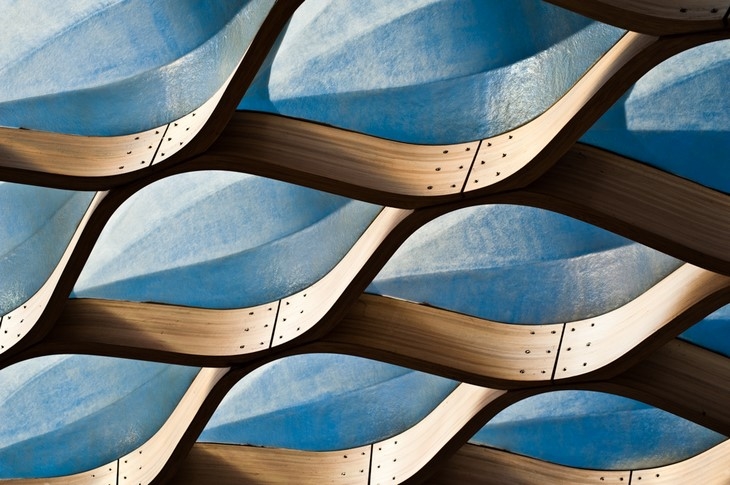 BLUE ABSTRACT (C) ANGIE MCMONIGAL
BLUE ABSTRACT (C) ANGIE MCMONIGAL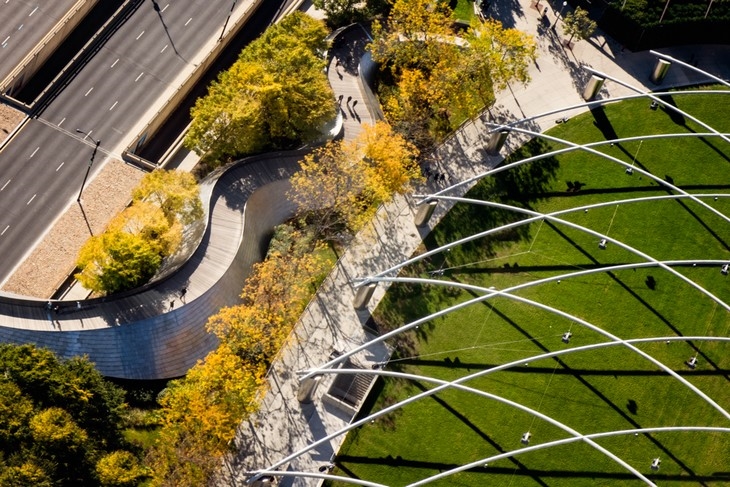 PASSAGEWAYS (C) ANGIE MCMONIGAL
PASSAGEWAYS (C) ANGIE MCMONIGAL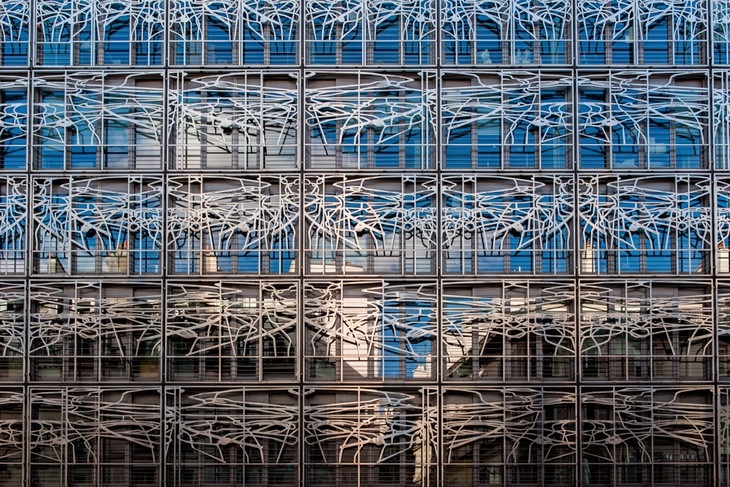 ORGANIZED CHAOS (C) ANGIE MCMONIGAL
ORGANIZED CHAOS (C) ANGIE MCMONIGAL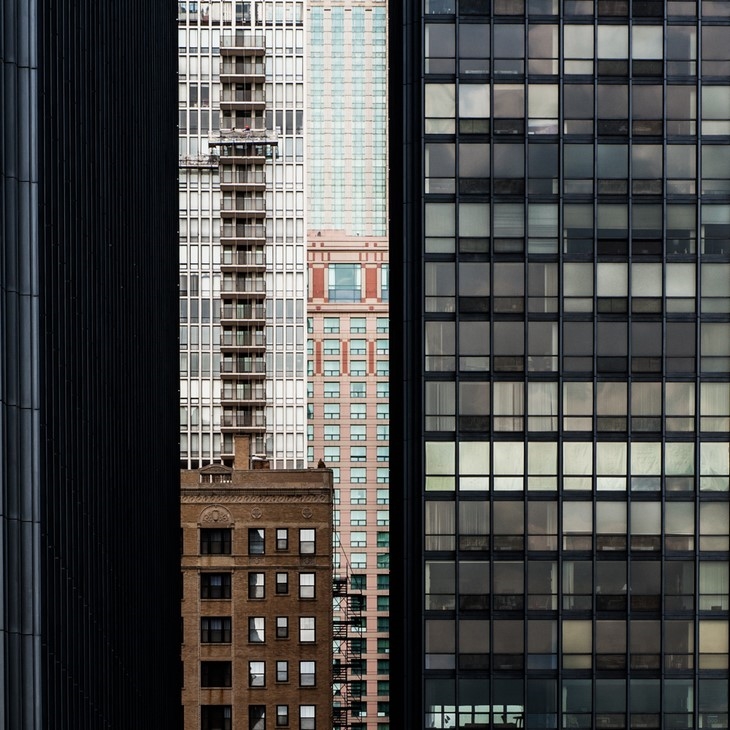 URBAN QUILT 1083 (C) ANGIE MCMONIGAL
URBAN QUILT 1083 (C) ANGIE MCMONIGAL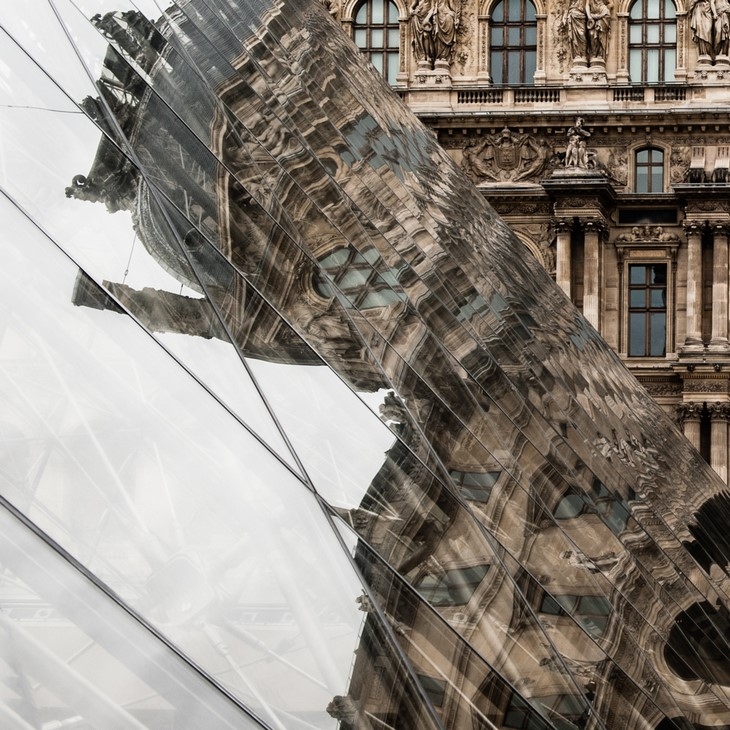 REFLECTIONS OF OLD (C) ANGIE MCMONIGAL
REFLECTIONS OF OLD (C) ANGIE MCMONIGAL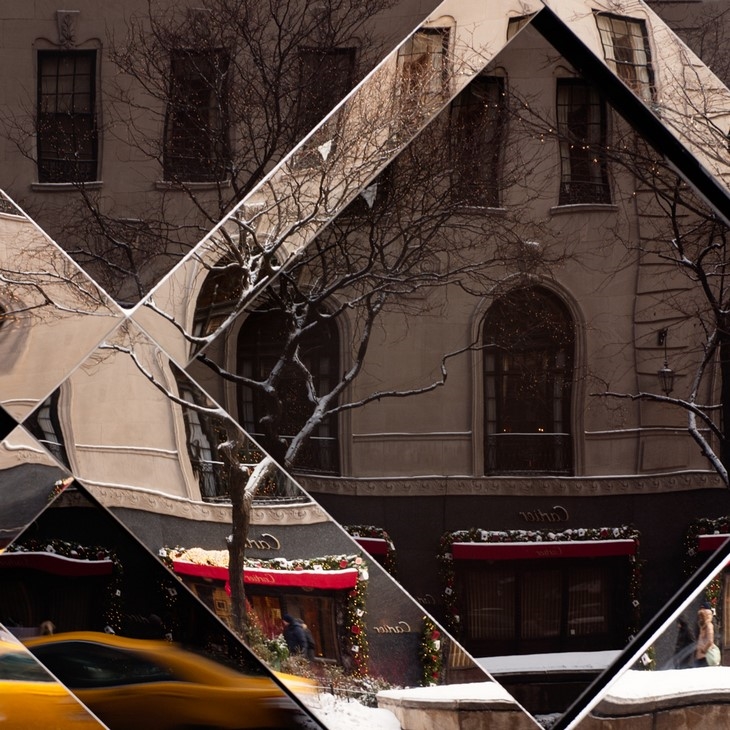 MAGNIFICENT MILE 8850 (C) ANGIE MCMONIGAL
MAGNIFICENT MILE 8850 (C) ANGIE MCMONIGAL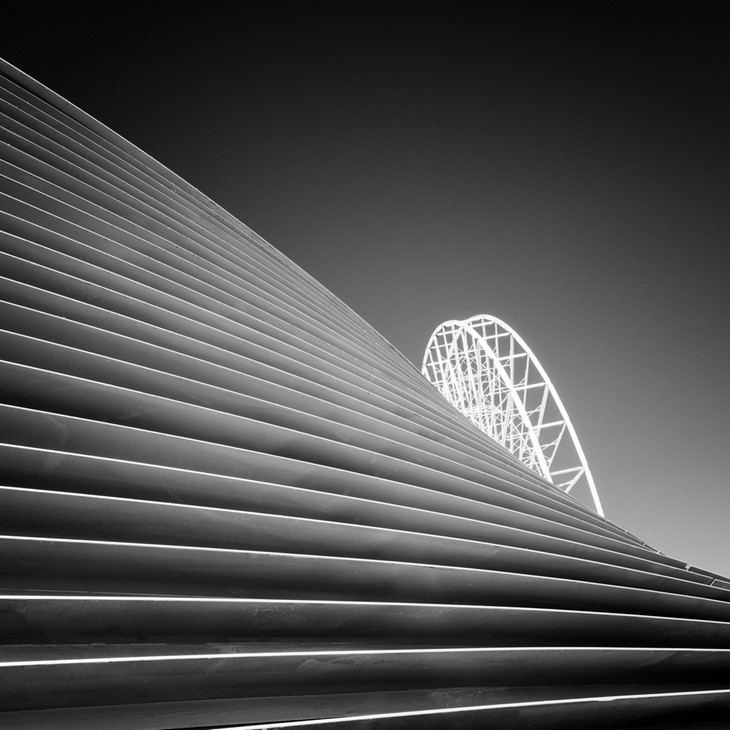 STRIPPED (C) ANGIE MCMONIGAL
STRIPPED (C) ANGIE MCMONIGAL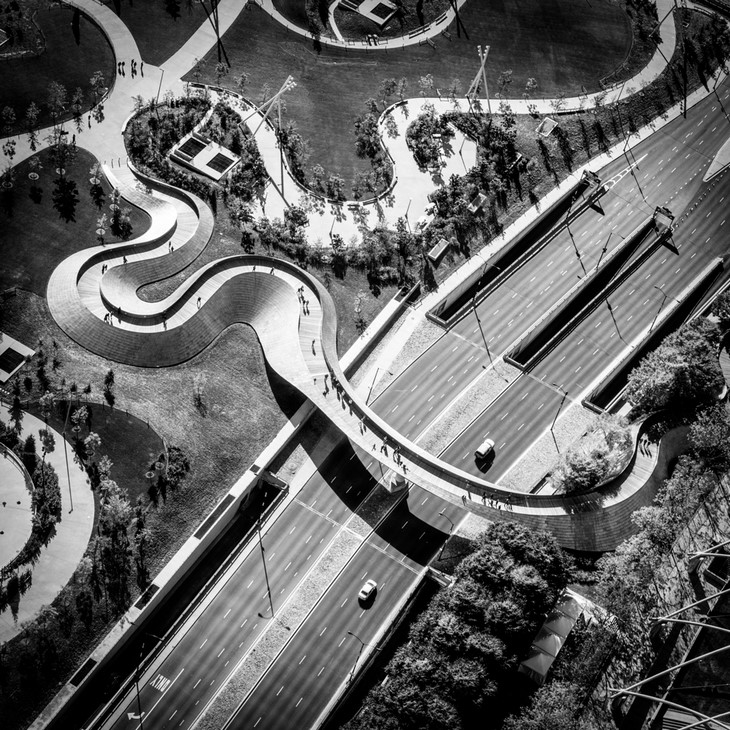 SHITHER (C) ANGIE MCMONIGAL
SHITHER (C) ANGIE MCMONIGAL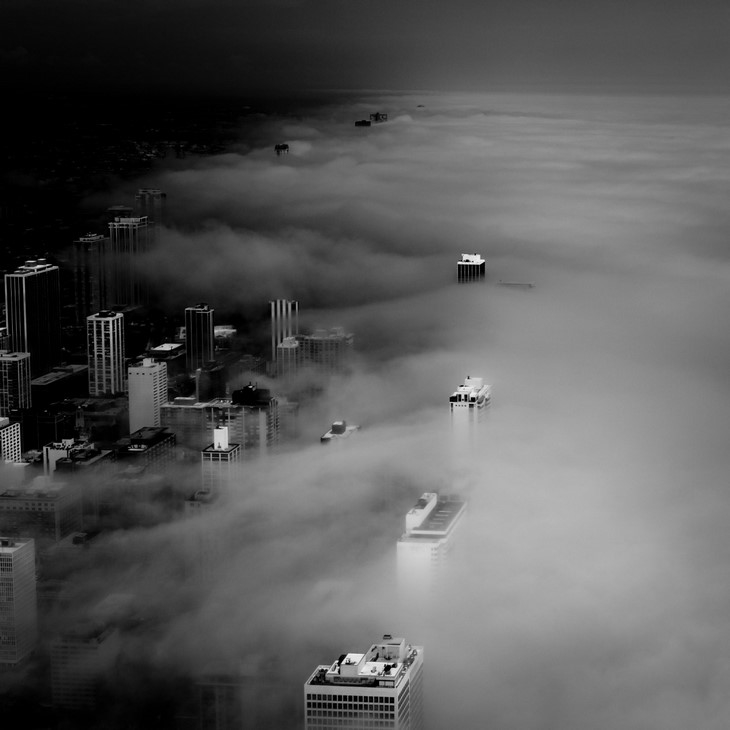 INVASION (C) ANGIE MCMONIGAL
INVASION (C) ANGIE MCMONIGAL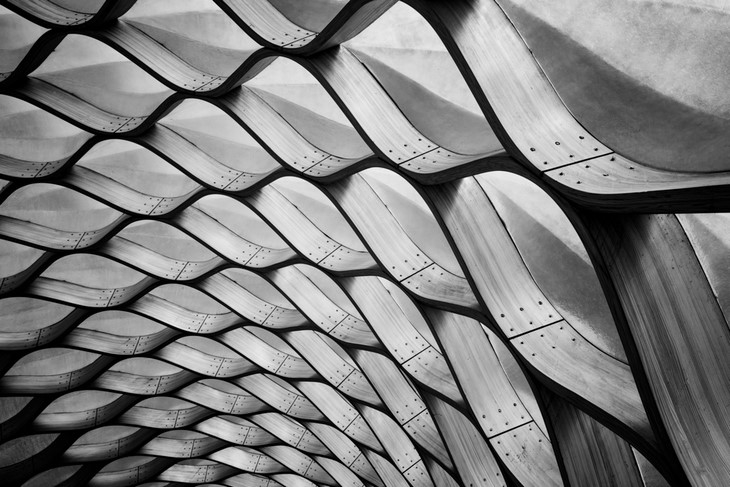 MAKING WAVES (C) ANGIE MCMONIGAL
MAKING WAVES (C) ANGIE MCMONIGAL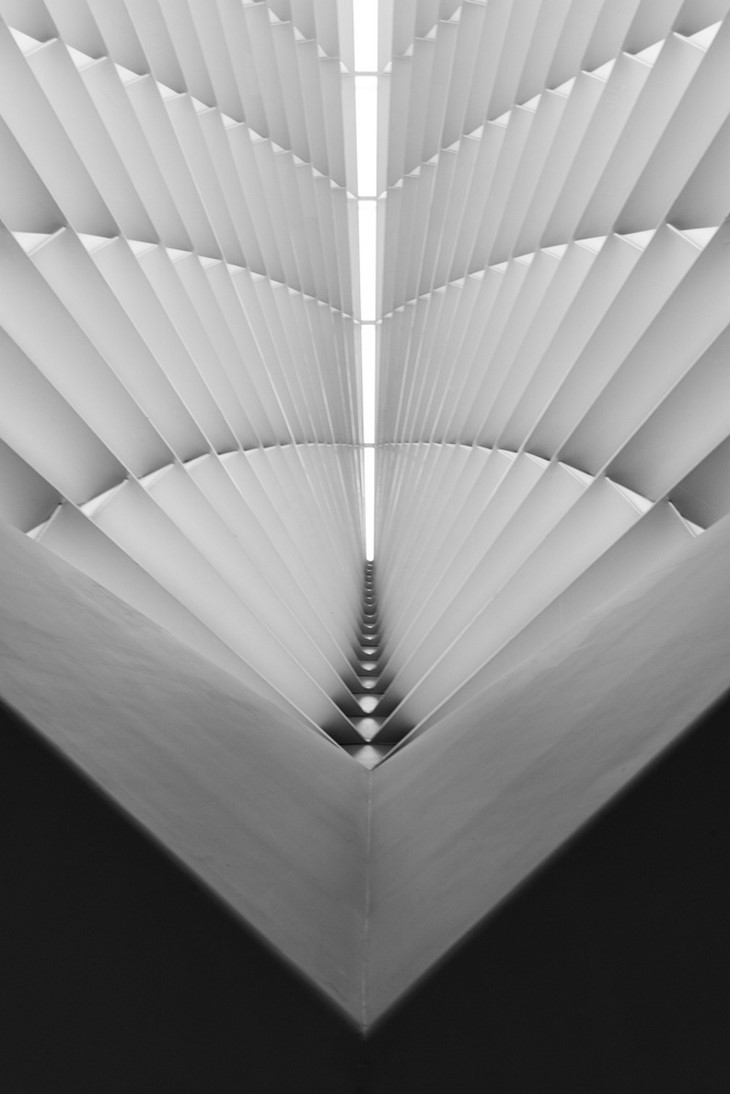 CHANNELING O`KEEFFE 4194 (C) ANGIE MCMONIGAL
CHANNELING O`KEEFFE 4194 (C) ANGIE MCMONIGAL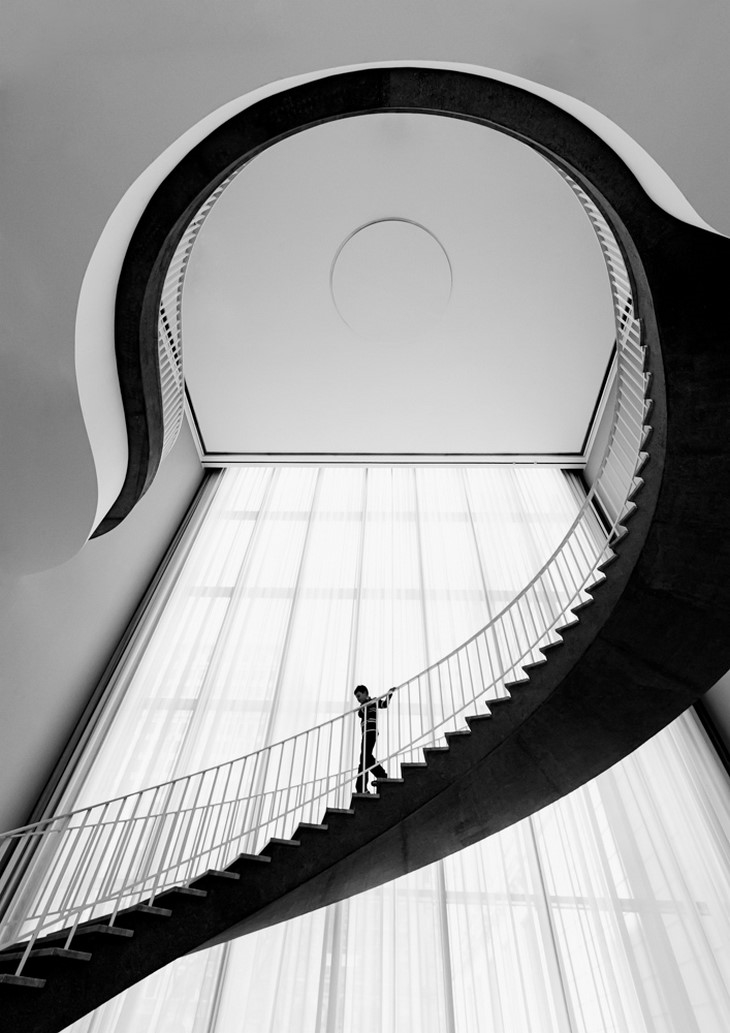 CAUTION (C) ANGIE MCMONIGAL
CAUTION (C) ANGIE MCMONIGAL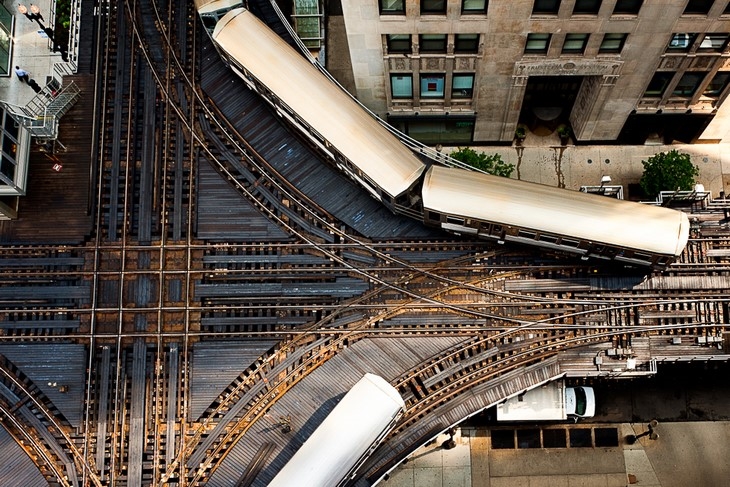 ABOVE THE L (C) ANGIE MCMONIGAL
ABOVE THE L (C) ANGIE MCMONIGALREAD ALSO: PHOTOGRAPHER NIKOS VAVDINOUDIS CAPTURES THE ROUGH BEAUTY OF EASTERN MACEDONIA'S PEOPLE